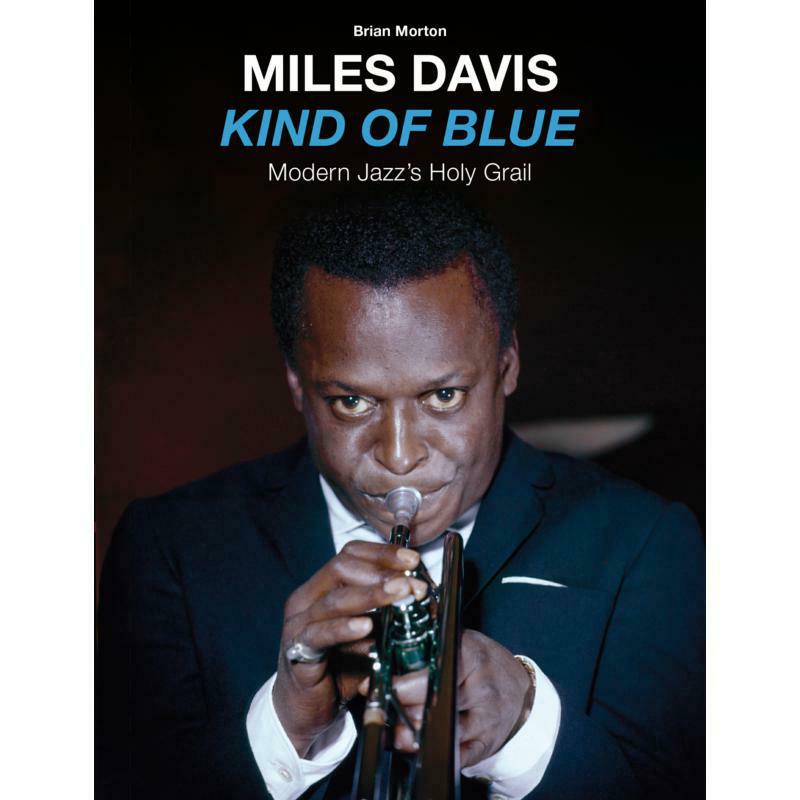Introduction
"All Blues" is a seminal track from Miles Davis's 1959 album "Kind of Blue," a cornerstone of jazz music. Recorded during the late 1950s, this song is a quintessential example of the cool-jazz movement, characterized by its relaxed tempos and innovative modal approaches. The track showcases Davis's mastery of the trumpet and his ability to create a deeply emotive soundscape.
Cultural Context
Released at the cusp of the 1960s, "All Blues" emerged during a period of significant musical evolution. The British Invasion and the rise of Motown were reshaping the music industry, while jazz continued to influence a wide array of genres. This era was marked by experimentation and a shift from mono to stereo recordings, allowing for more dynamic soundscapes.
Production & Sound
"All Blues" is notable for its use of a 6/8 time signature, which gives the track a distinctive, waltz-like feel. The arrangement features a prominent trumpet line by Davis, supported by John Coltrane on tenor saxophone and Cannonball Adderley on alto saxophone. The rhythm section, with Bill Evans on piano, Paul Chambers on bass, and Jimmy Cobb on drums, provides a subtle yet intricate foundation that enhances the track's modal structure.
Notable Live Performance
One of the most memorable live renditions of "All Blues" was performed by Miles Davis at the 1970 Isle of Wight Festival. This performance captured the raw energy and improvisational spirit of Davis's music, further cementing the track's status as a jazz classic.
Modern Legacy
Decades after its release, "All Blues" remains an essential piece for jazz enthusiasts and musicians alike. Its modal approach and innovative use of time signature have influenced countless artists across various genres. The track continues to be a staple in jazz education and performance, illustrating the timeless appeal of Miles Davis's artistry.






Comments (0)